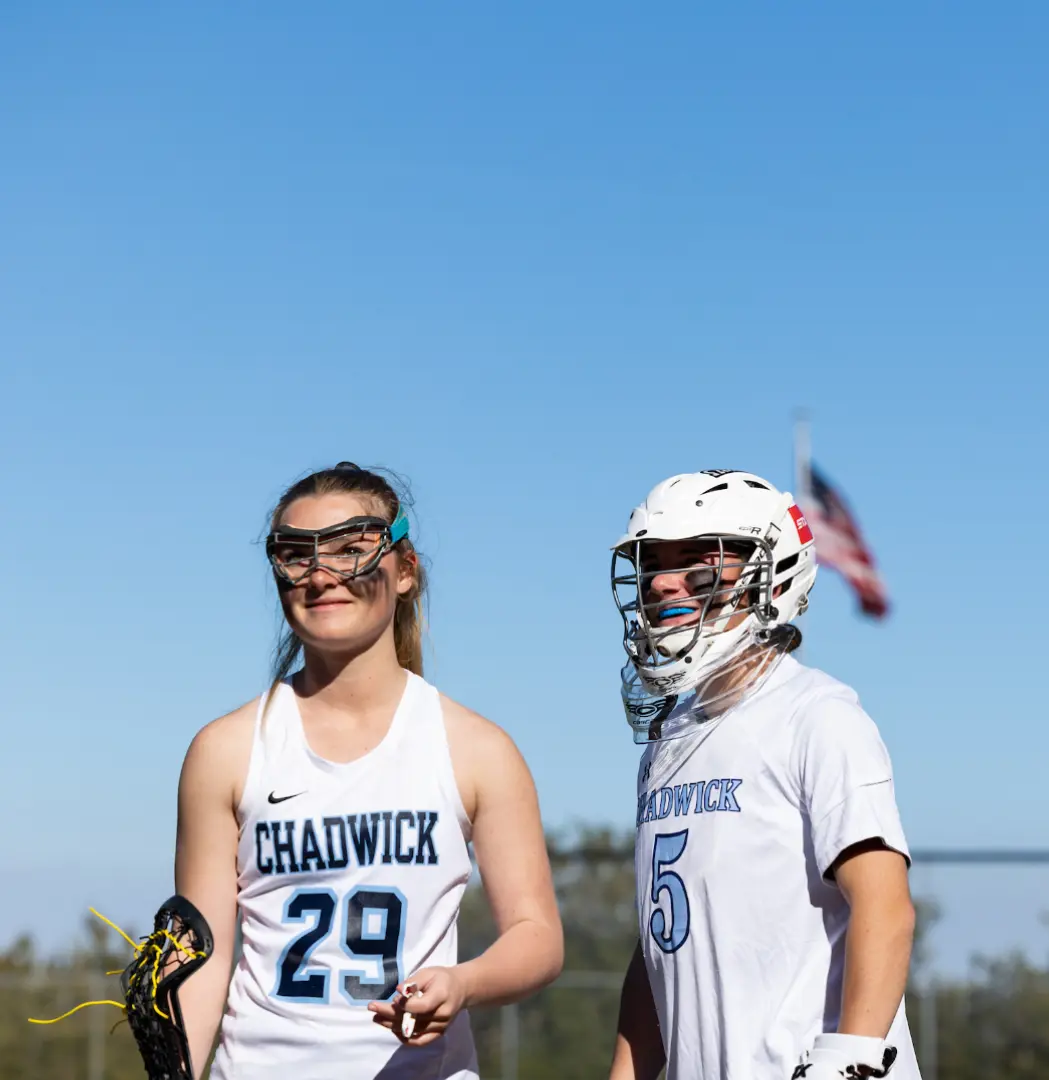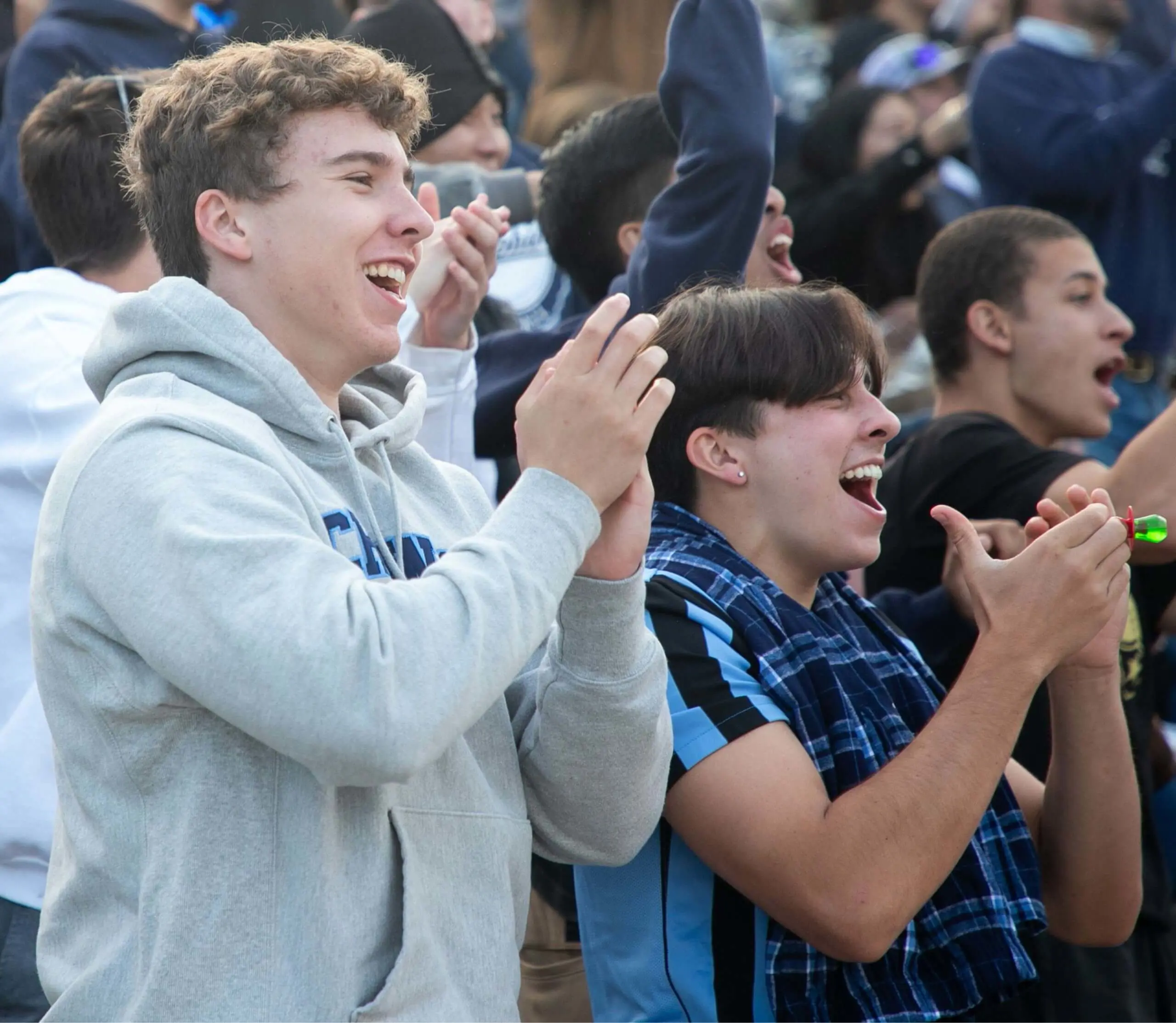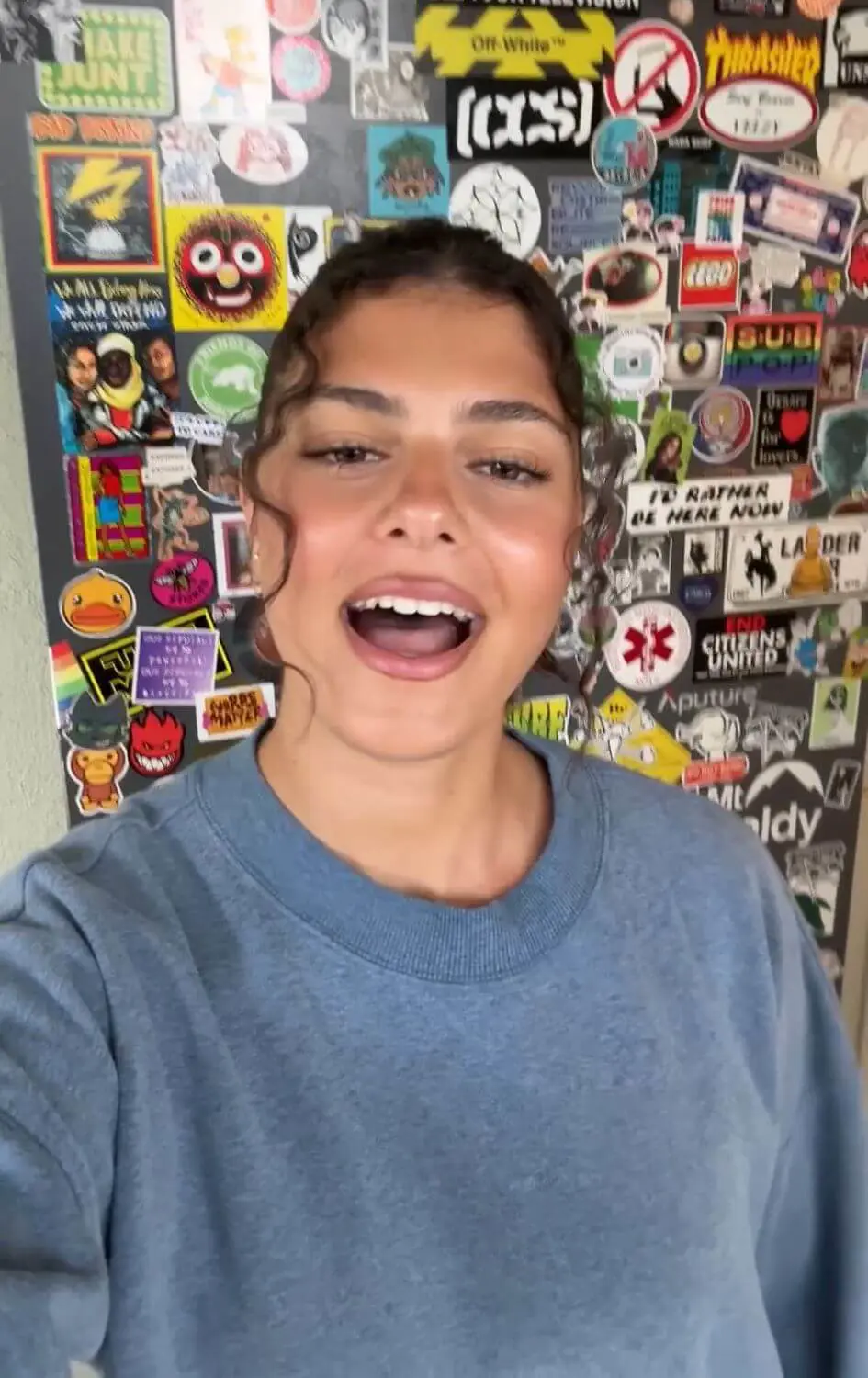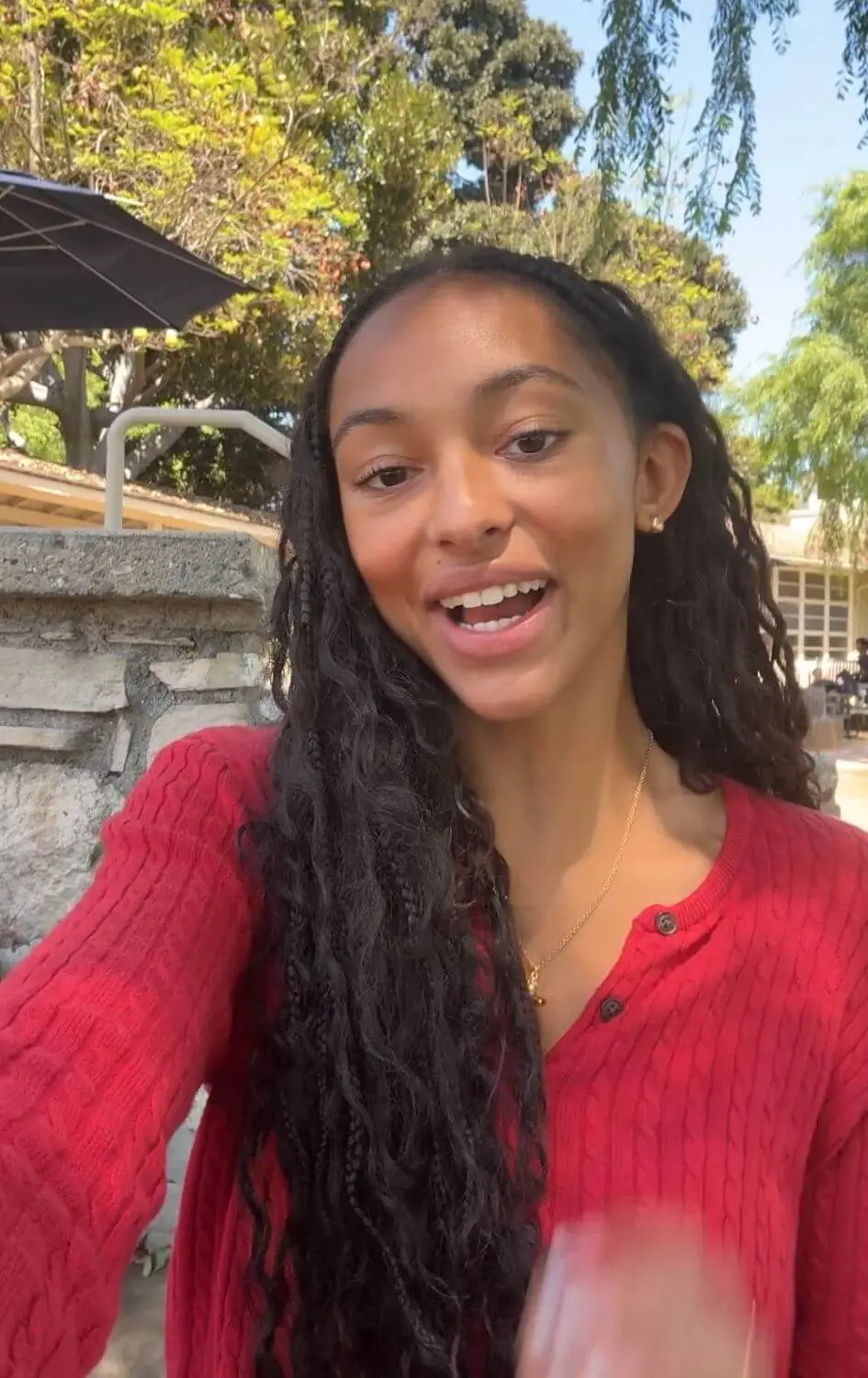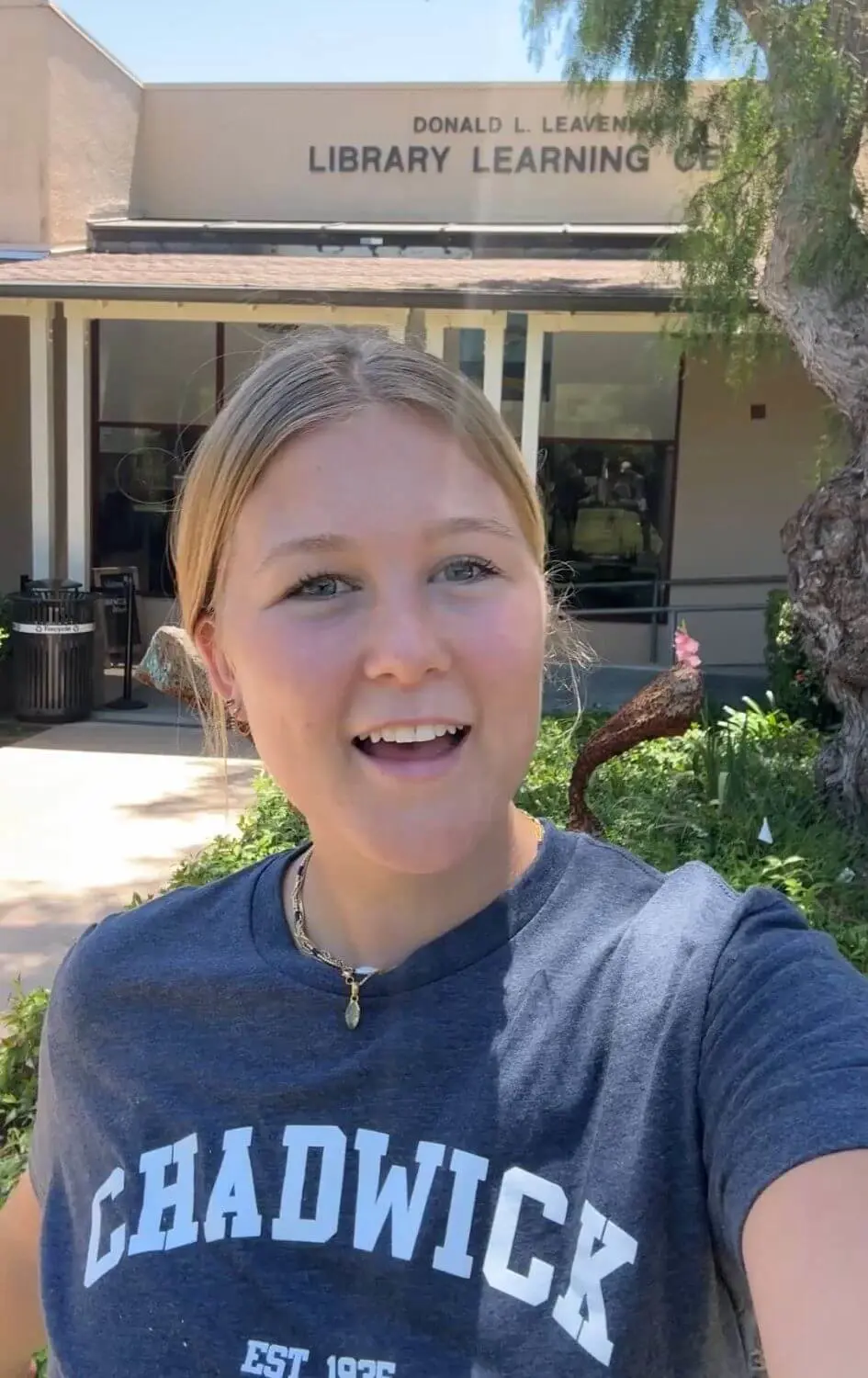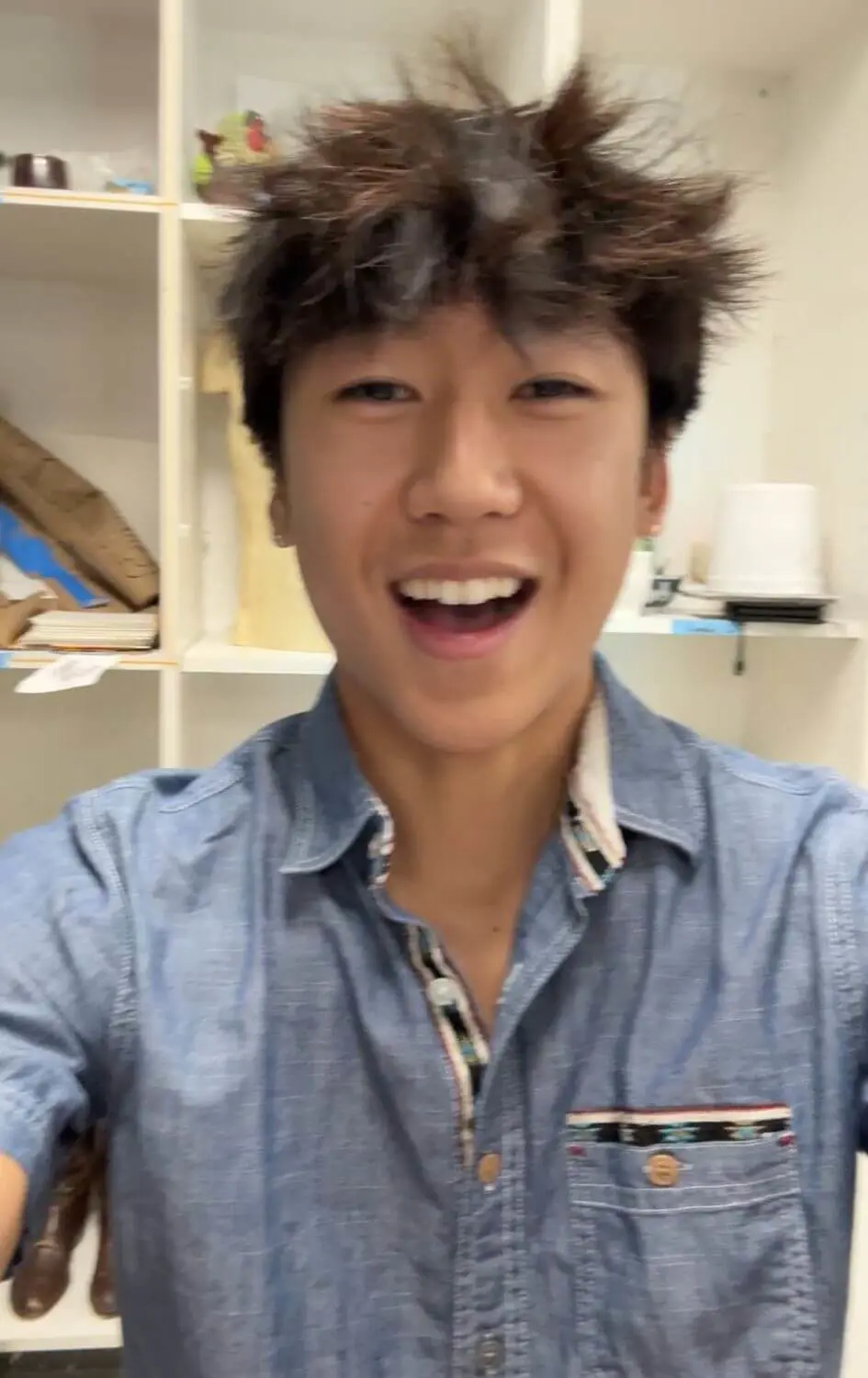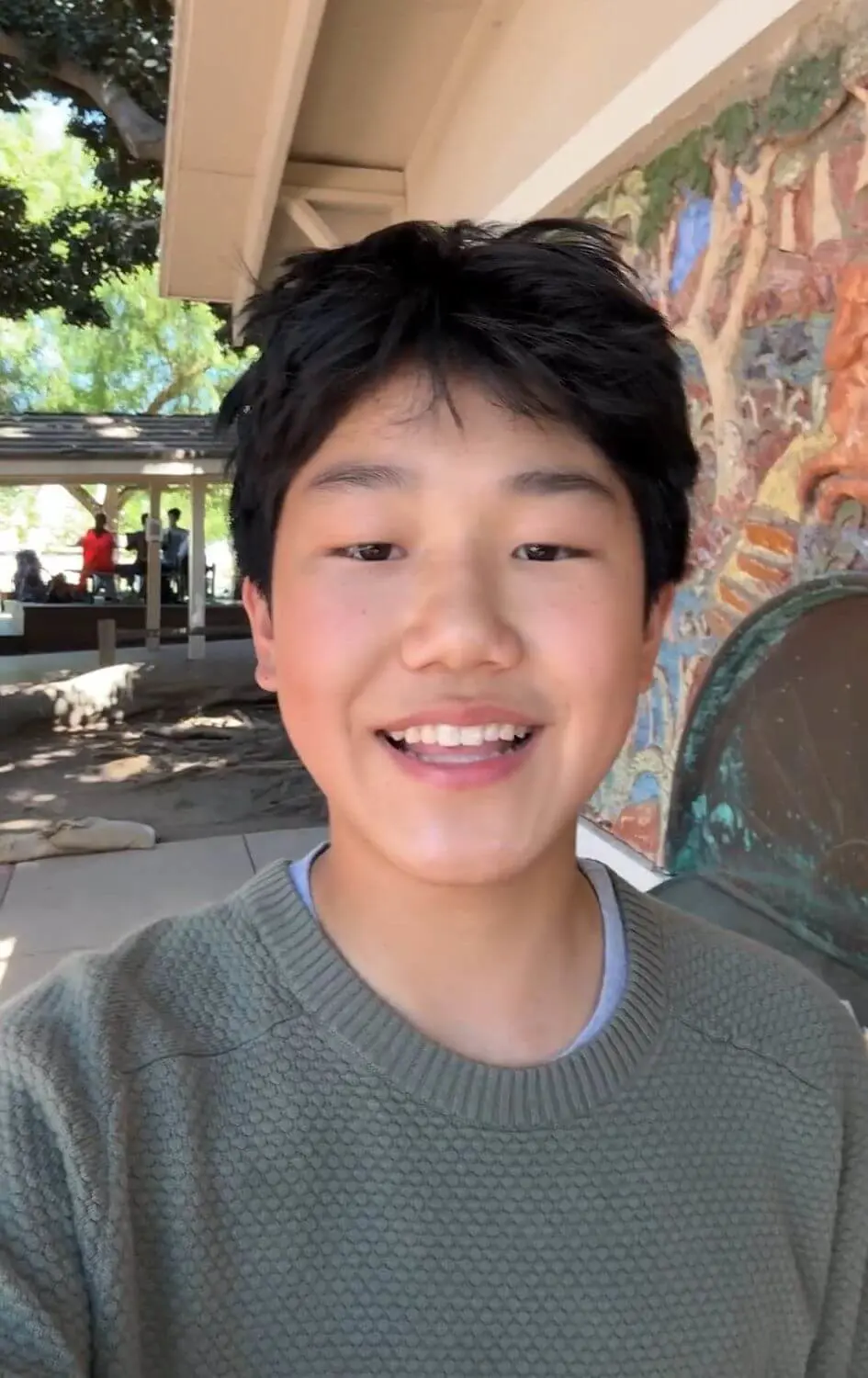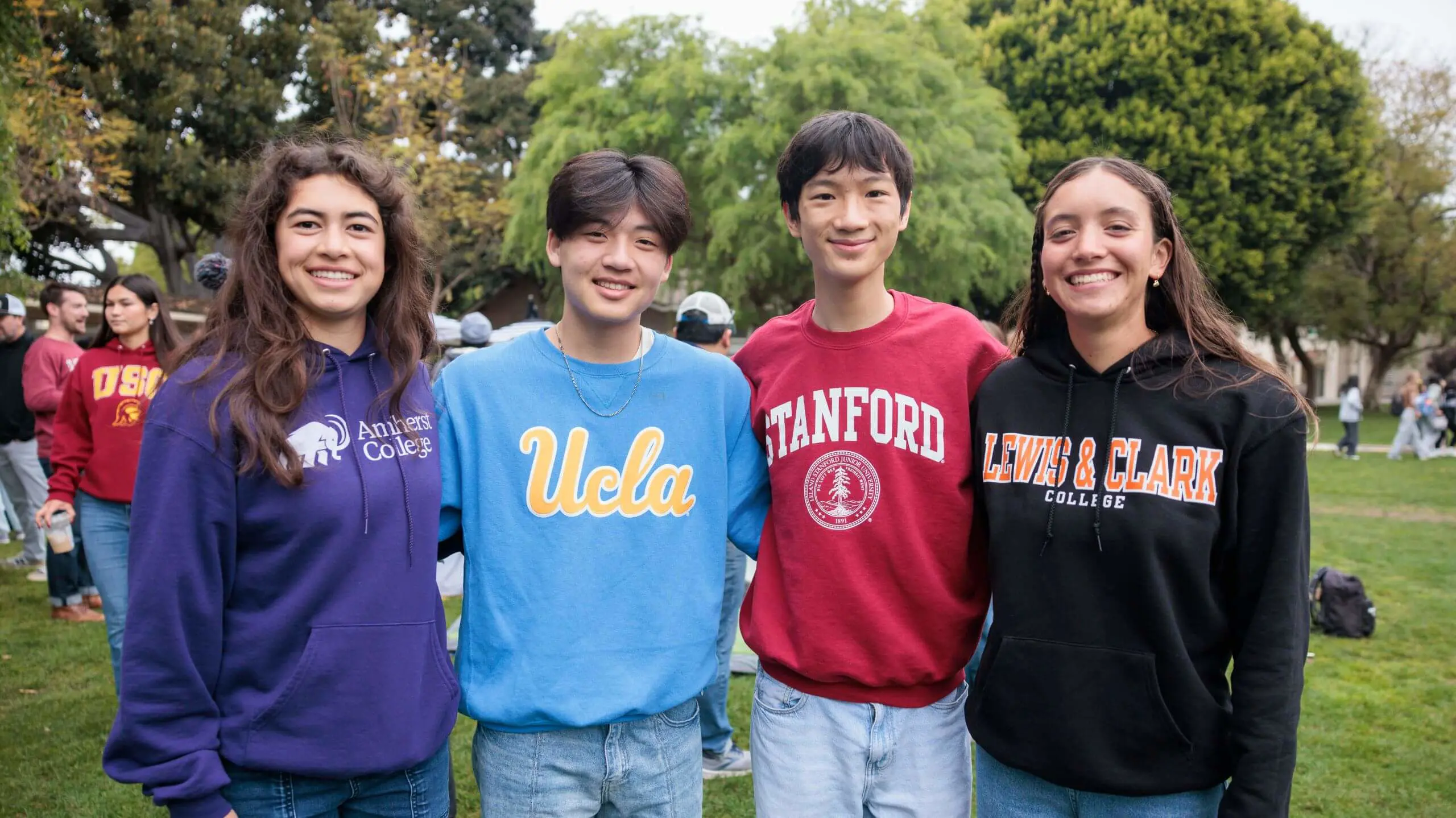- Upper School
- Upper School (Grades 9-12)

Preparation for College & Life
|
College is always on the minds of our Upper School students. In fact, 100% of Chadwick graduates plan to attend a four-year college. We start preparing them for this next step as soon as they walk into our Upper School. The foundation of our students’ success in college and beyond is rooted in our integrated and comprehensive educational approach in the Upper School, which brings together rigorous, immersive academics, team-building athletics, outdoor and global education programs, award-winning arts programs, service opportunities and character and leadership development. Before ninth grade begins, students and their parents meet with a college counselor and school administrator to plan the next four years of their educational journey. Because it’s never too early to start working towards your dreams! |
|
|
|
|
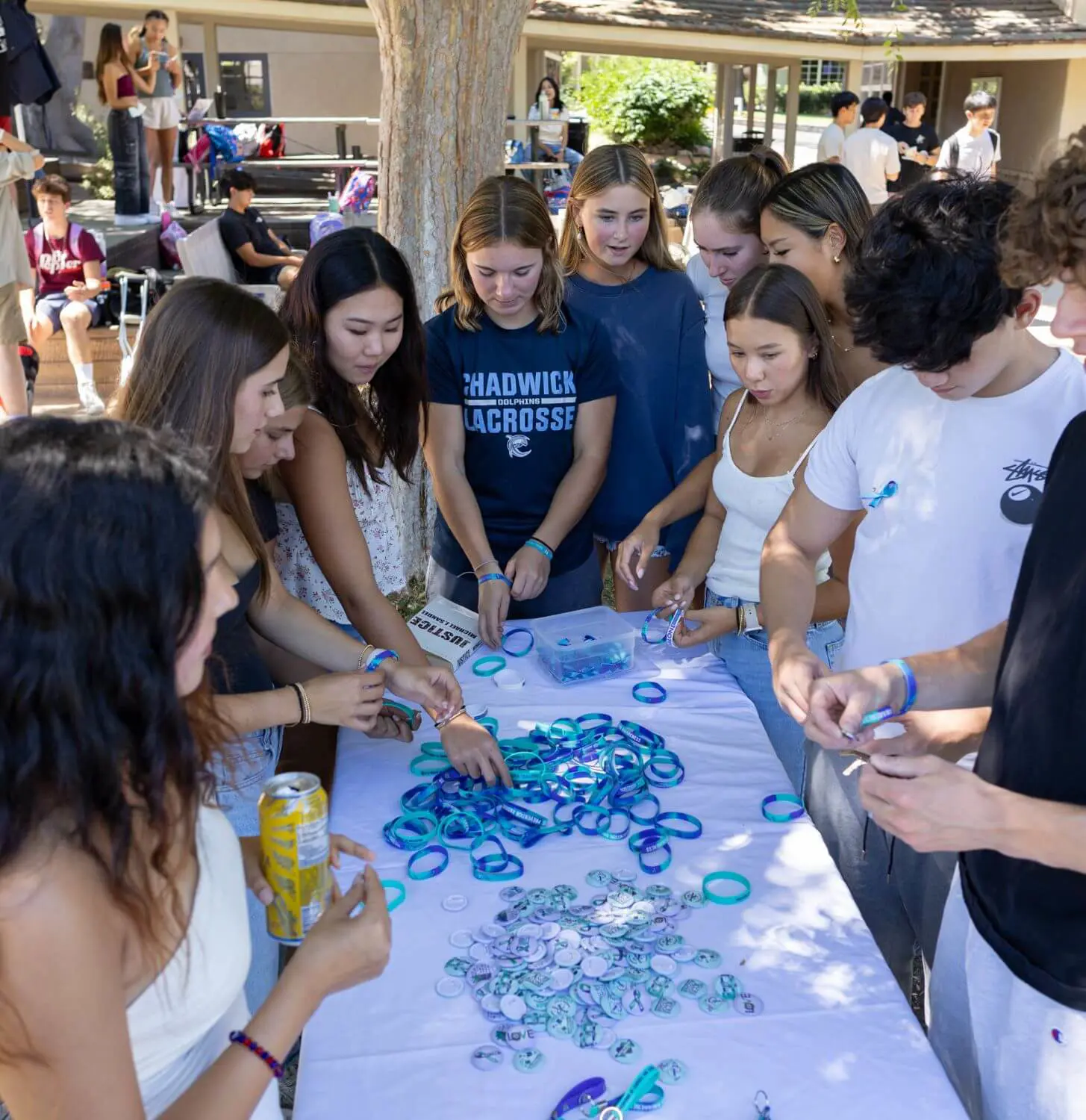
Upper School Program Highlights
|
“What” is just the beginning at Chadwick. Students in the Upper School engage directly with their learning in ways that get them up out of their chairs and into real-world situations. We teach them to go beyond simply memorizing or accumulating facts to learn the “why” along with the “who,” “what,” “where” and “when.” They tackle our school’s widest and most challenging curriculum and take part in our most powerful and engaging co-curriculars — it’s a lot to handle (in a good way)! Students discuss, debate and collaborate in real-world scenarios. Classes often look more like seminars, workshops and discussions than traditional high school settings. |







